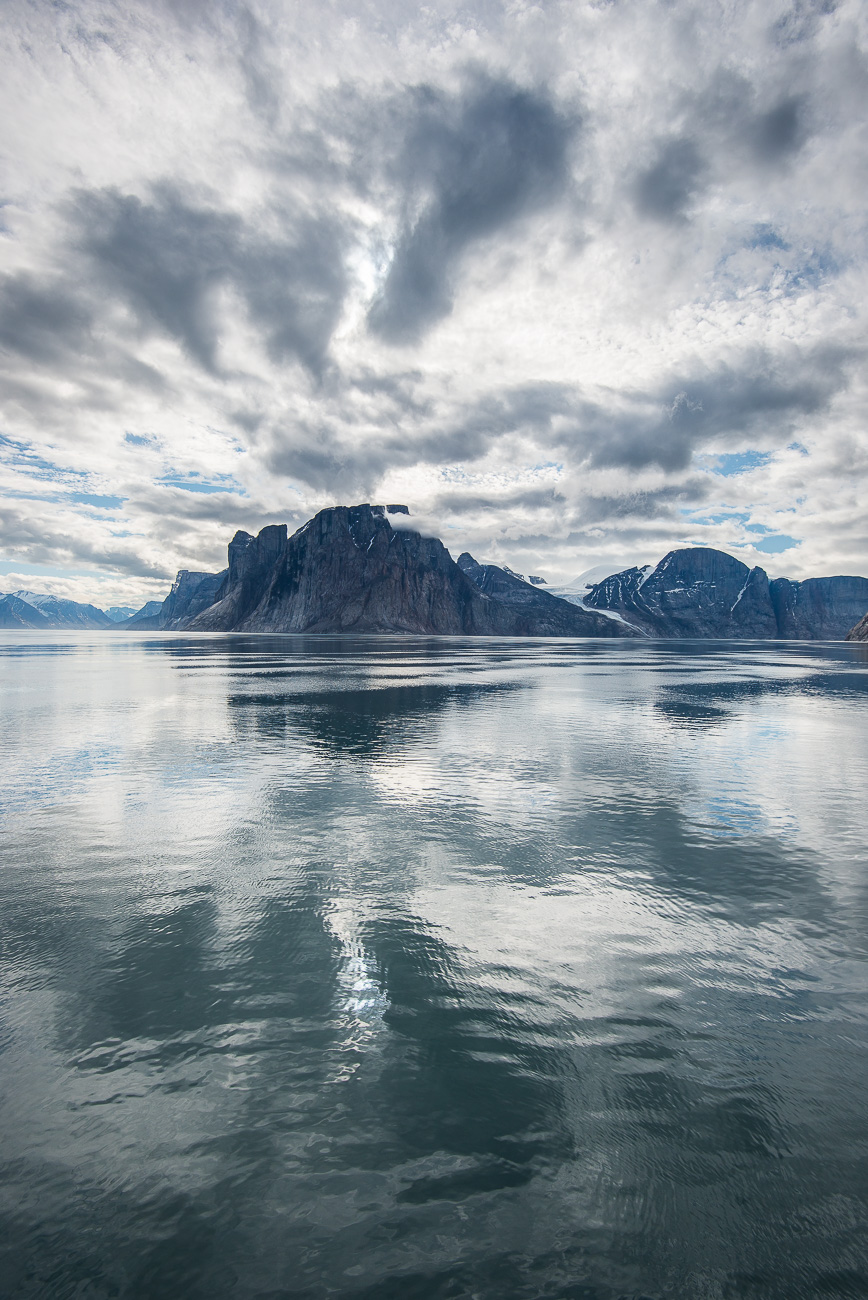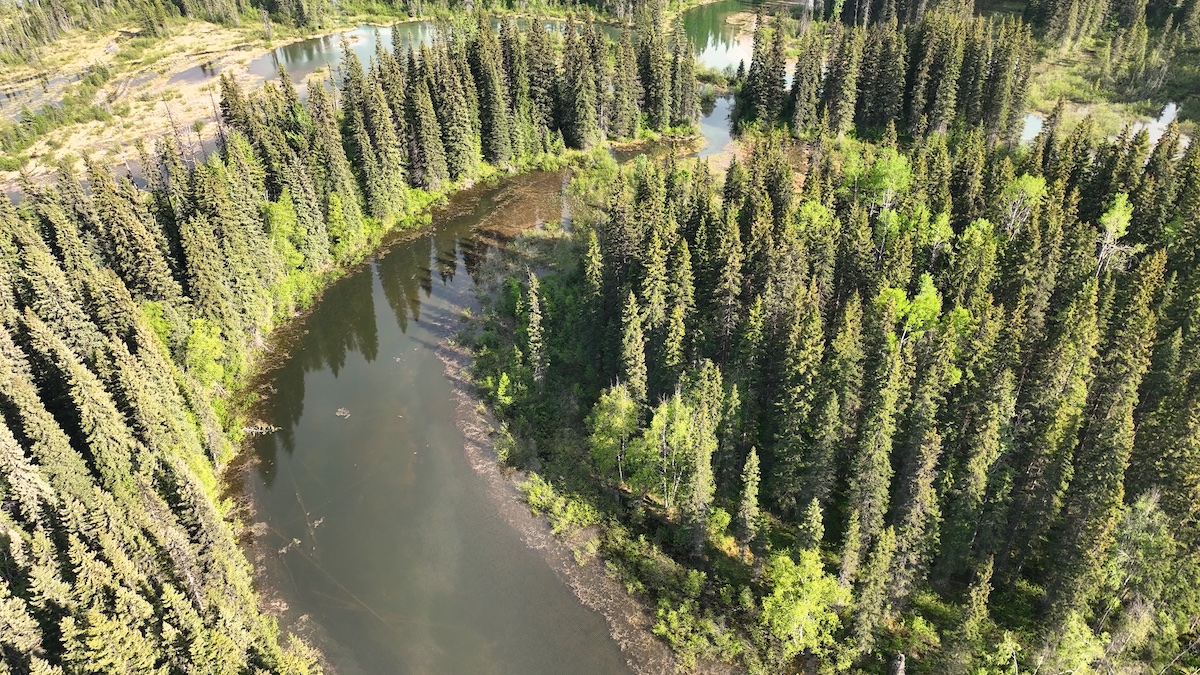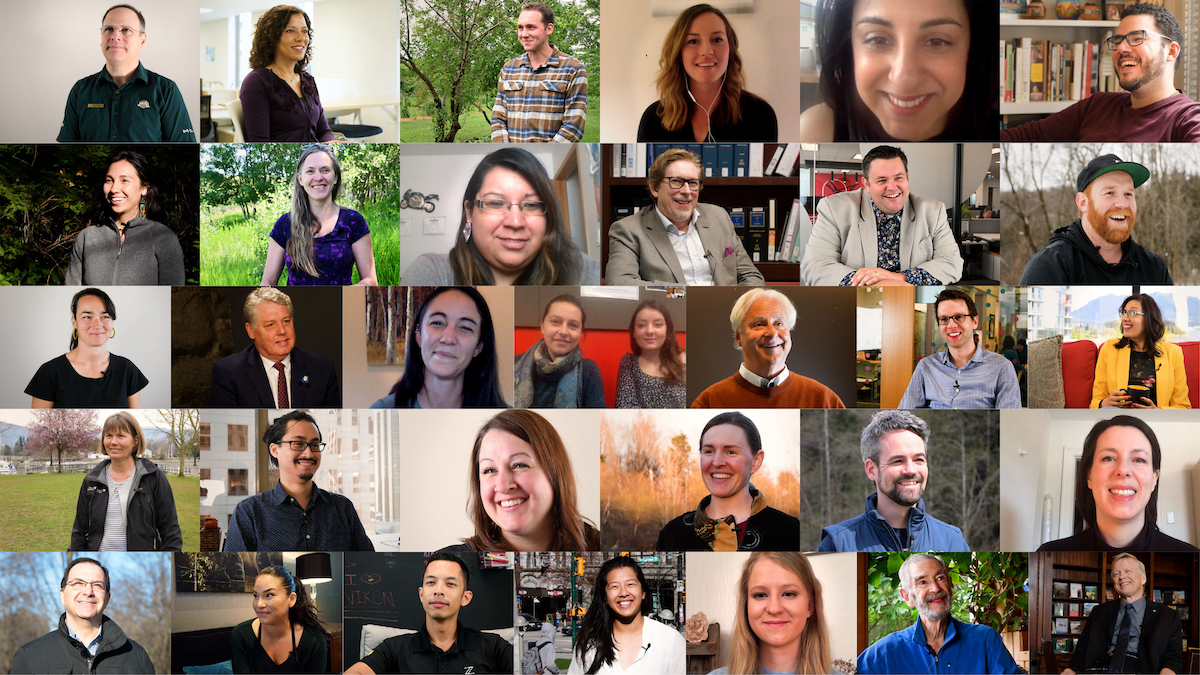Here’s How
Chapter Five
By now, you understand systems – and how our system interconnects with the natural systems that sustain us all.
You get the importance of context and why it matters to go beyond your first question and find the better question.
And you know now that decision-making isn’t easy, but that creative problem solving can uncover solutions that endure.
But how to put all of this together? What’s the best process – the game plan, if you will – for helping a well-researched, well-told story capture the world’s attention?
Good question!
To find the answer we asked Karen Kun, one of Canada’s leading researchers and storytellers, to share with us her process from inspiration to impact.
“The real starting point for me was a curiosity and a connection to what I didn’t know.”
Karen was the publisher of Corporate Knights Magazine and is the founder of Waterlution. But before she started helping rising leaders around the globe develop their own processes to advance water sustainability, Karen realized “I needed to figure out what inspired me, and to come to peace with the fact that I wasn’t a water expert.”
 What inspired Karen, of course, was water and what she learned about water “made me realize that the beauty of water is that it connects all of us. And that was the starting off point. It became my life’s work. I didn’t know that at the time, but it became my life’s work.”
What inspired Karen, of course, was water and what she learned about water “made me realize that the beauty of water is that it connects all of us. And that was the starting off point. It became my life’s work. I didn’t know that at the time, but it became my life’s work.”
To pursue her passion, Karen realized she needed to become an expert in her chosen field.
“Becoming a subject matter expert, I think, is really important. While it’s really valuable for people to hold knowledge across a variety of subjects, you have to hone in. This goes back to thinking about what you’re passionate about and what elevates you when you learn more about it. That’s the cue to go deeper.”
The process that enabled Karen to become one of Canada’s leading water experts?
“An intense year of reading and doing research. And the more I read, the more I wanted to know.”
That’s why, Karen argues, expertise is a choice. We can choose to become experts if we’re willing to accept the process.
 “Read, read, read. Full things coming out of what I was learning, like, ‘now I need to learn more about this; I need to learn more about that.’”
“Read, read, read. Full things coming out of what I was learning, like, ‘now I need to learn more about this; I need to learn more about that.’”
Which might not sound like much fun, but Karen adds “going deeper is the only way that we are going to be able to amass a body of knowledge (that can help us work) with diverse people to solve complex problems.”
Indeed, complex problems are complex for a reason.
What Karen’s learned with time is that “every solution leads to new problems because you reconfigure something, and then new problems are going to seep in. It’s why we need to have enough knowledge, so that if something else comes at you, you can adapt.”
That knowledge is built on the initial research, of course, but Karen believes research and learning is a never-ending process – one that’s not limited to Google searches or libraries. It’s why Karen urges us to always seek “to have unusual, interesting, sometimes uncomfortable conversations.”
All of that can seem overwhelming, but only if we’re focused on the totality of the journey. And we don’t need to. Journeys never happen overnight or with one step.
Karen believes that to avoid being overwhelmed and to keep our focus on the goal, we need to look to nature for inspiration.
“Find your own parallel stories with animals, wildlife, geography, waterscapes. Connect them to parts of your own personality. Not only do I think that’s an amazing process, but I think that’s something that can build one’s resiliency.”
Diz Glithero says this helps too: “Find your allies.”
 Diz is an educator and a non-profit innovator who uses research and storytelling to foster ocean literacy.
Diz is an educator and a non-profit innovator who uses research and storytelling to foster ocean literacy.
“Being the longest coastline in the world, being an ocean nation, that’s not a part of our day-to-day narrative for most Canadians.”
To change that narrative, Diz’s creating “a national strategy on ocean literacy. It creates an opportunity for people all over Canada, and mainly inland Canadians, to really understand our relationship and connection with the ocean, and why it matters.”
That process is built on collaboration. Over the years and through varied projects, Diz has come to realize that success needs support.
“If you’re someone who’s driven or goal oriented, it’s easy to sometimes just do it on your own. As I went on through life, (I saw value in) just building that community, that professional learning community, those allies.”
Diz believes good process starts with collaboration.
“Allies appear in all shapes and forms and places. And by building that network – building that community of people who are doing things that really fire you up and are engaging with the issues in a way that you can relate to? That’s kind of your way in. You can’t eat the whole elephant, so choose your bite and then together you can start to really drive that bigger change.”
More than that, collaboration can help us do more with less, explains Waterlution’s Karen Kun.
“Sometimes people need a bit more money to make things happen.”
She’s right. And collaboration can help address skill or credibility gaps that come up in every process.
Still, Karen argues, as important as collaboration is, recognize it has drawbacks.
“There’s so many nuanced parts to people’s personalities. There’s so many things you might not know. You might not know if that person communicates and lays all their cards on the table.”
Indeed, though there are many helpful tools that help drive better processes and, in turn, create better results, no tool is one-size-fits-all and nothing is perfect. For this reason, Karen says, “I think we live in a day and age where groups of people are more important than the individual, but the group can’t function if the individuals aren’t strong.”
Diz Glithero understands the point and thinks that’s why successful collaboration comes down to trust-building.
“Part of it is, it’s hard to build trust and foster those relationships and explore those really tough questions without having some kind of shared experience.”
That’s not only true of collaboration, but experiences also can propel research, amplify stories and build careers.
“The most powerful thing is when it’s the most personal. You can learn the science and the facts, but until you have a personal relationship with the issue, or the ideas, or the topic, it’s not as relevant.”
Diz’s advice?
“It’s less about going to find that structured program or that structured agency to work with, but to spend time (having experiences and learning). We don’t do that a lot in today’s society. It’s go-go-go and it’s on to the next thing. I think to create space to just explore and create and share and learn with someone that’s in a medium or a space that resonates with them – it’s key. Because whether it’s through art, whether it’s through science, whether it’s through storytelling – whatever the medium is – there’s no one silver bullet. So, find other people who are involved in a space that ignites excitement for you.”
In seeing what others are doing, we can find inspiration; we can uncover ideas and processes to mimic and build on; we can identify partners and collaborators.
 That’s how Brandon Nguyen went from using environmental research to increase awareness about biodiversity in his high school to uncovering an underused network of environmental clubs across Toronto that he felt could be repurposed to scale his impact.
That’s how Brandon Nguyen went from using environmental research to increase awareness about biodiversity in his high school to uncovering an underused network of environmental clubs across Toronto that he felt could be repurposed to scale his impact.
“Rather than starting something completely new, I just thought that there was a way to improve on the current system, which is creating this platform for students to collaborate.”
And, yet, in seeking input and in attempting to learn from recognized experts, youth leader and innovator Zeel Patel struggled to stay true to his vision that a new approach to medical science was needed to complement existing services.
 “When it comes to creating start-ups and trying to find the funding and trying to really create real world change, there comes a point where there’s too many cooks in the kitchen. All of those cooks add various different perspectives, and sometimes those perspectives are contrary to what the original vision was. And I think it’s very scary if you concede to those perspectives and, in effect, dilute the vision you originally had.”
“When it comes to creating start-ups and trying to find the funding and trying to really create real world change, there comes a point where there’s too many cooks in the kitchen. All of those cooks add various different perspectives, and sometimes those perspectives are contrary to what the original vision was. And I think it’s very scary if you concede to those perspectives and, in effect, dilute the vision you originally had.”
Good point.
There will be times when allies or collaborators will, without malice, mislead us. There will be times when we need to embrace processes that have been proven to work, and times when we need to create new ones that fit our ideas and our chosen path, whether it’s worn or not. And that’s why we need to heed this advice from Karen Kun:
“You can’t work as a team if you don’t know who you are.”
By knowing who they were and what they were doing and why they were doing it, Brandon and Zeel both were right in choosing different collaboration processes to advance their research, their story, their ideas.
Indeed, it’s why two different researchers can approach the same problem in different ways and get different results. And it’s why we need to remember two storytellers can tell the same story, but each through a different lens, conveying different, important messages that might otherwise have been lost.